Camphor Oil Brown
The Cinnamomum camphora tree, known as the camphor tree, can reach towering heights of approximately 100 feet when fully matured. It requires at least 50 years of growth to yield the essential oil for producing Camphor oil. Camphor is abundantly present throughout every part of the tree. While native to Asia, the camphor tree is widely cultivated in regions spanning India, Egypt, California.
Description
- Botanical name: Cinnamomum camphora
- Family: Lauraceae
- Part: Wood and bark
- Method of Extraction: Steam Distilled
- Color/Consistency: Slightly viscous, pale yellow to brown liquid.
- Origin: India
- Blands well with: Olibanum, Ylang Ylang, Orange, Chamomile,Lavender, Melissa, and Rosemary.
Buy Camphor Oil | Cinnamomum camphora
Camphor oil is a natural substance extracted from the Cinnamomum camphora tree, primarily found in Asia. It has a rich history, dating back to ancient times when it was used for its medicinal and aromatic properties. The oil is extracted through a steam distillation process, yielding a potent and aromatic liquid.
History of Camphor Oil
Traditional healers in India and China have maintained a longstanding belief in the therapeutic properties of camphor oil vapors for addressing various minor ailments.
During ancient times, the inhalation of these vapors was a common practice, valued for its ability to induce a sense of calm and relaxation.
Historical evidence suggests that camphor enjoyed widespread use and trade in the Middle East centuries before its recognition in the Western world for its medicinal properties.
The earliest European documentation of camphor dates back to 150 BC, and by the 12th century, it was extensively utilized as a counterirritant for treating rheumatism and inflamed joints, as well as a purifying agent during the Black Death pandemic.
Properties
The chemical composition of camphor oil includes significant amounts of camphor, as well as other terpenes and aromatic compounds. It possesses a distinct, refreshing aroma with hints of menthol and pine. Physically, it appears as a clear liquid with a slightly viscous consistency.
Uses in Aromatherapy
In aromatherapy, camphor oil is prized for its ability to promote relaxation and mental clarity. When diffused, its soothing aroma can create a tranquil atmosphere, easing stress and anxiety. It is also believed to enhance focus and concentration, making it a popular choice for meditation and mindfulness practices.
Uses
- Respiratory Relief: Camphor oil can be used to alleviate respiratory issues such as congestion, coughs, and colds. Inhaling steam infused with a few drops of camphor oil can help clear nasal passages and ease breathing difficulties.
- Pain Management: Due to its analgesic properties, camphor oil is often used topically to relieve muscle and joint pain. Massaging diluted camphor oil onto sore areas can provide temporary relief from discomfort.
- Skin Care: Camphor oil possesses antiseptic and antimicrobial properties, making it beneficial for treating various skin conditions. It can help soothe minor burns, insect bites, and rashes. However, it should be used cautiously and always diluted with a carrier oil to prevent skin irritation.
- Aromatherapy: The invigorating scent of camphor oil makes it a popular choice for aromatherapy. Diffusing the oil in a room can promote relaxation, uplift mood, and enhance mental clarity.
- Insect Repellent: Camphor oil is known for its ability to repel insects such as mosquitoes and flies. Adding a few drops of camphor oil to water and using it as a spray can help keep insects at bay.
- Household Uses: Camphor oil is also used in various household products like vapor rubs, cleaning solutions, and mothballs. Its antimicrobial properties make it effective for disinfecting surfaces and eliminating odors.
It’s important to note that while camphor oil offers several benefits, it should be used with caution and in moderation. Pregnant women, children, and individuals with sensitive skin should consult a healthcare professional before using camphor oil.

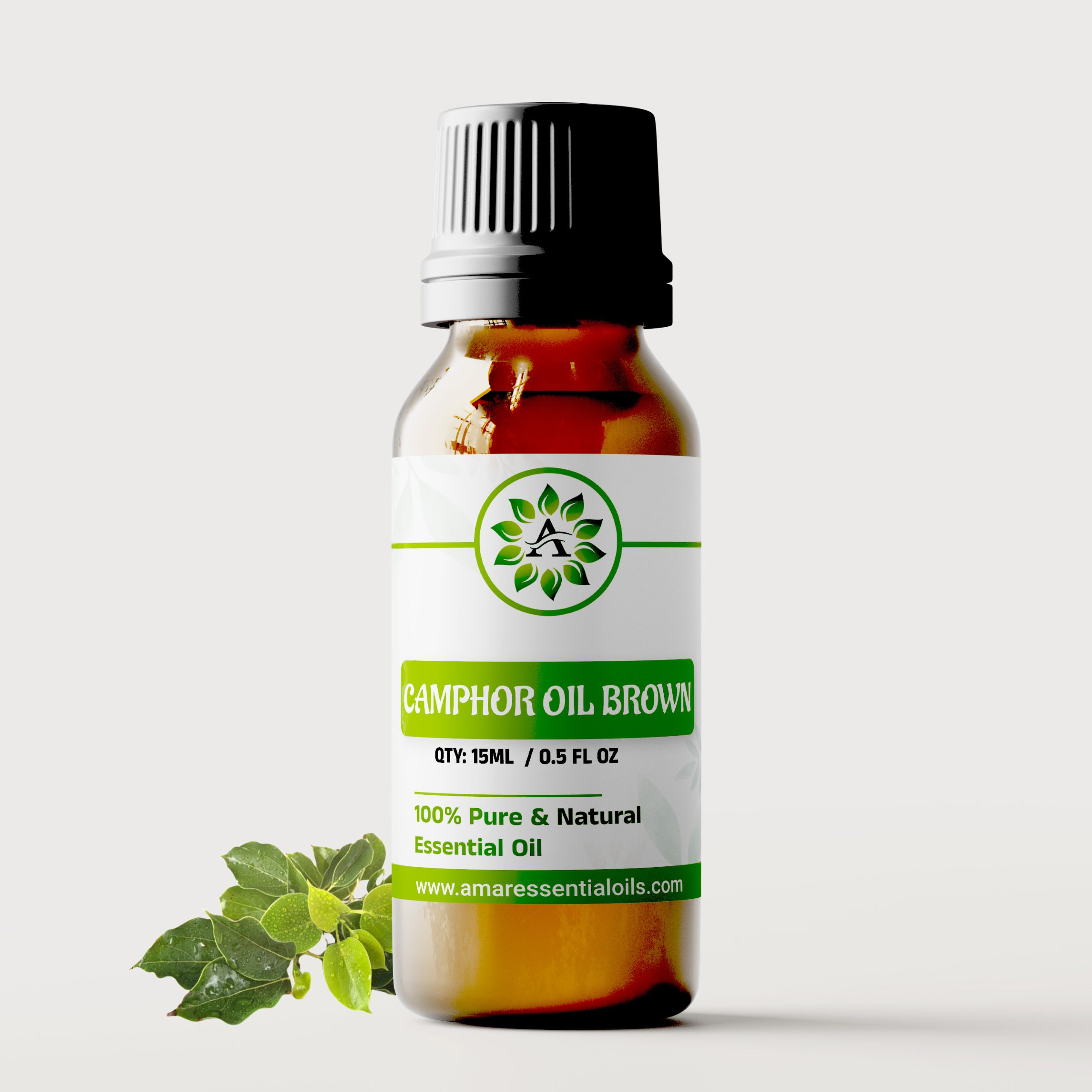
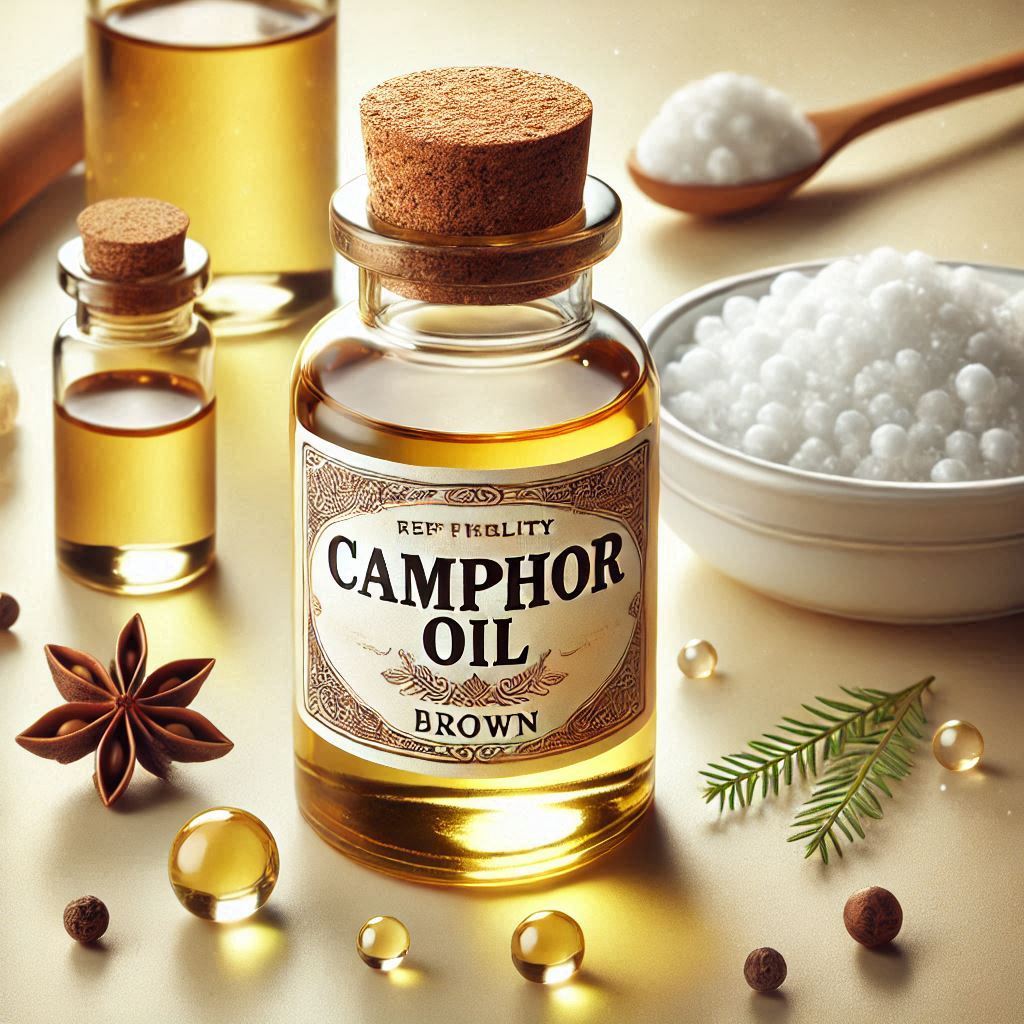

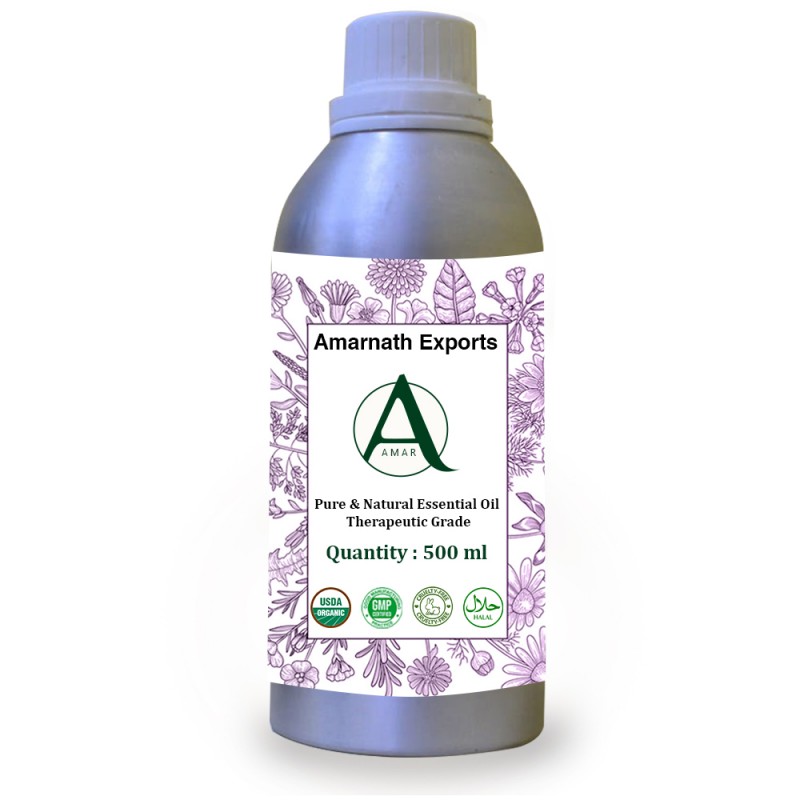
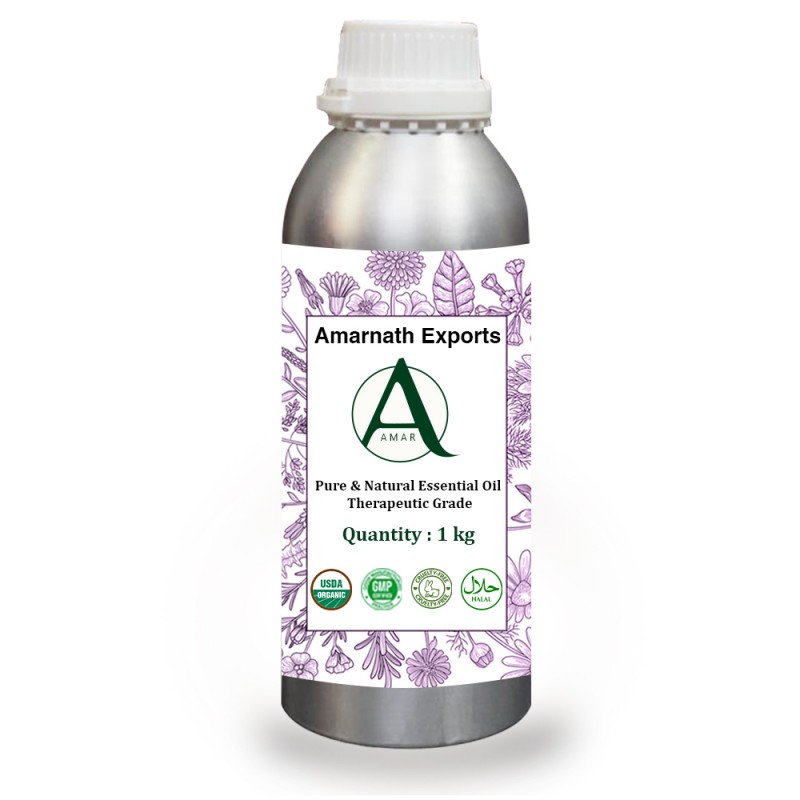



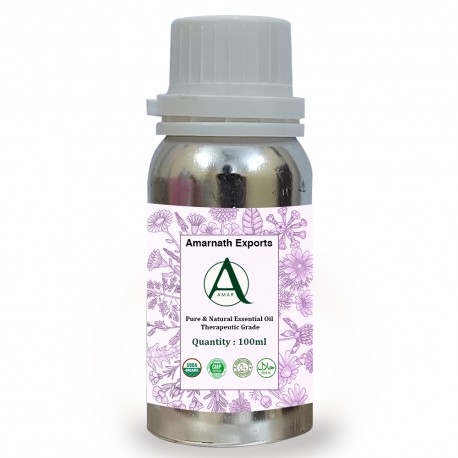


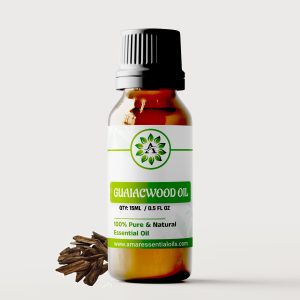

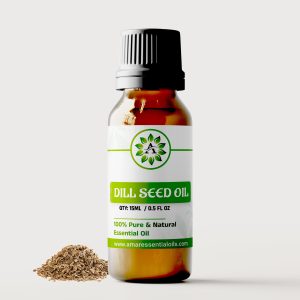


Reviews
There are no reviews yet.